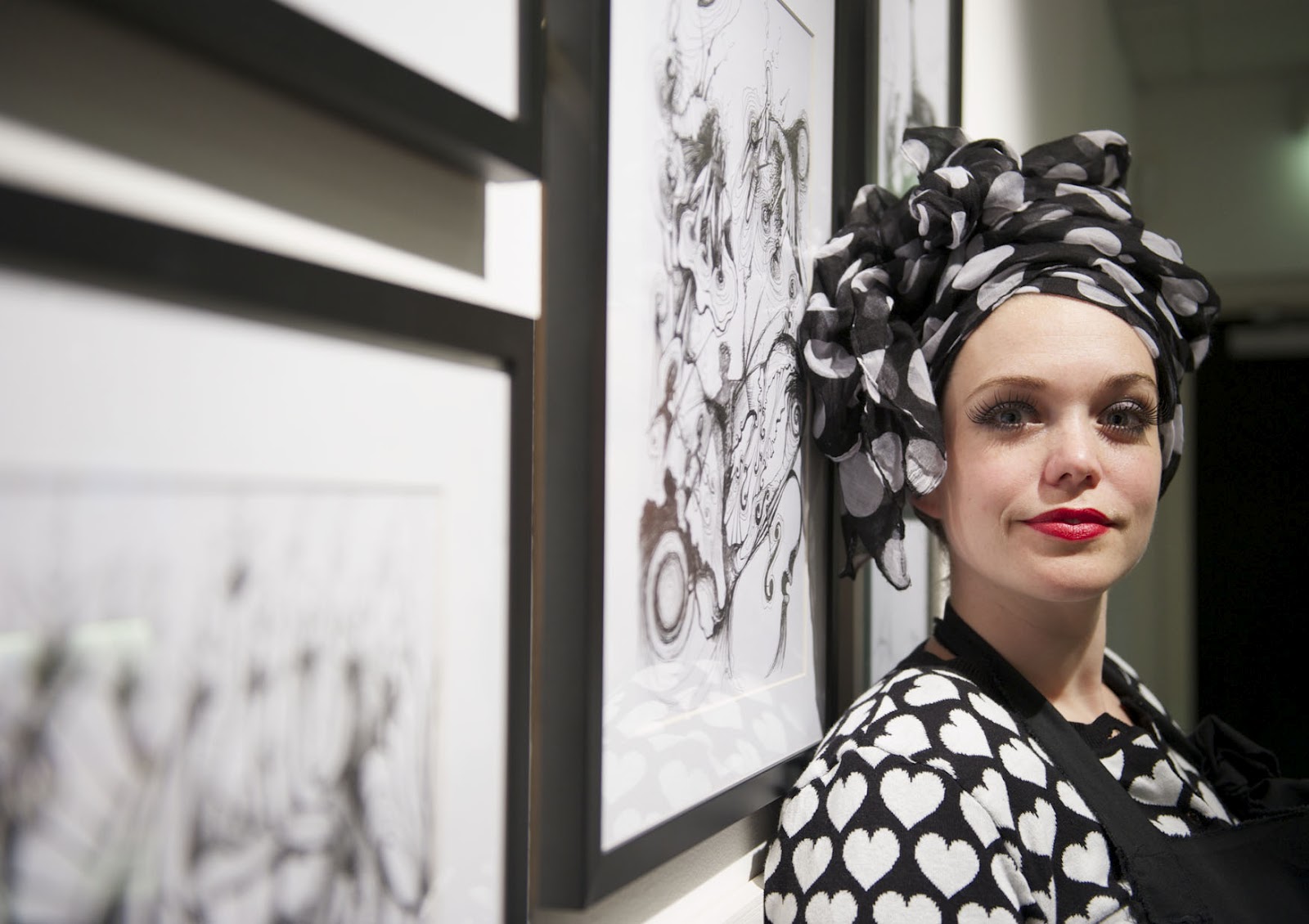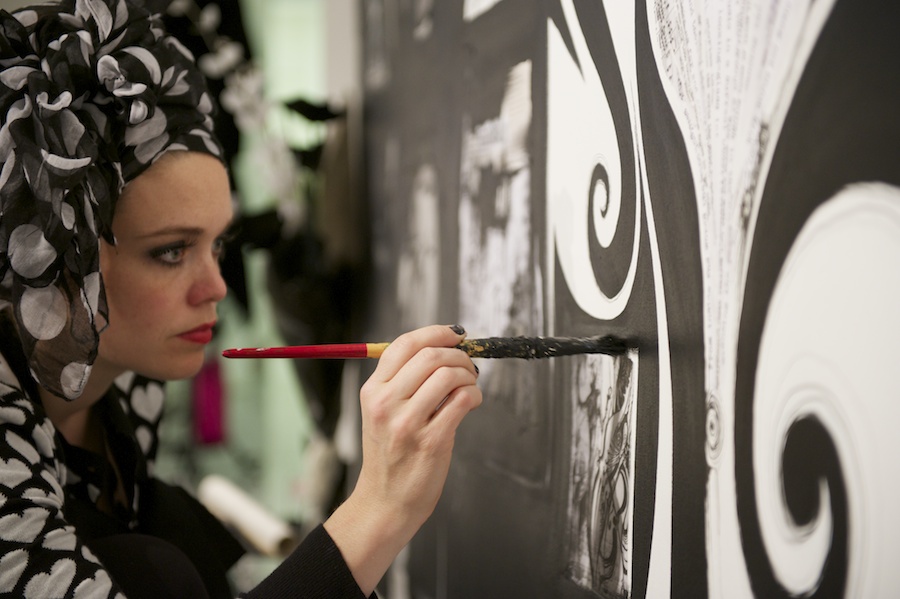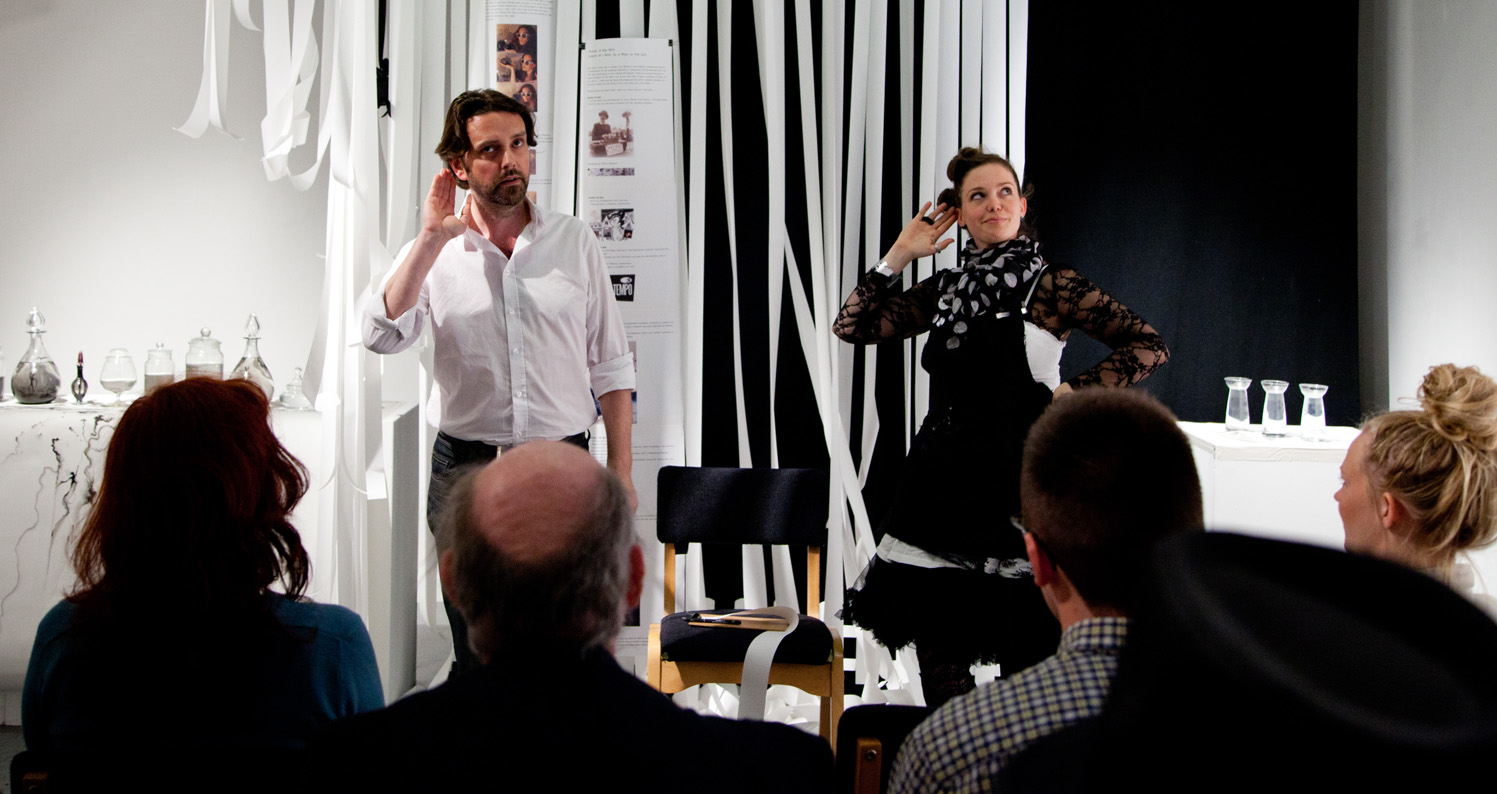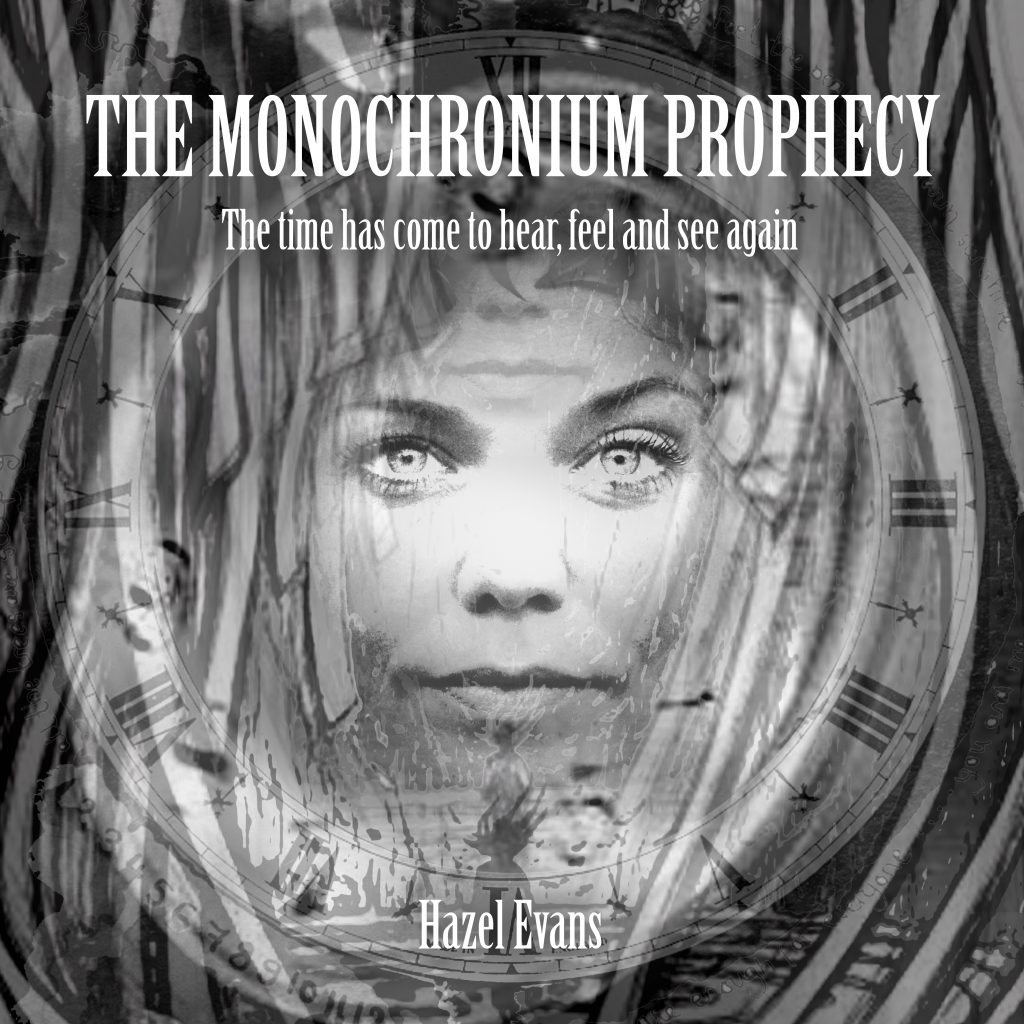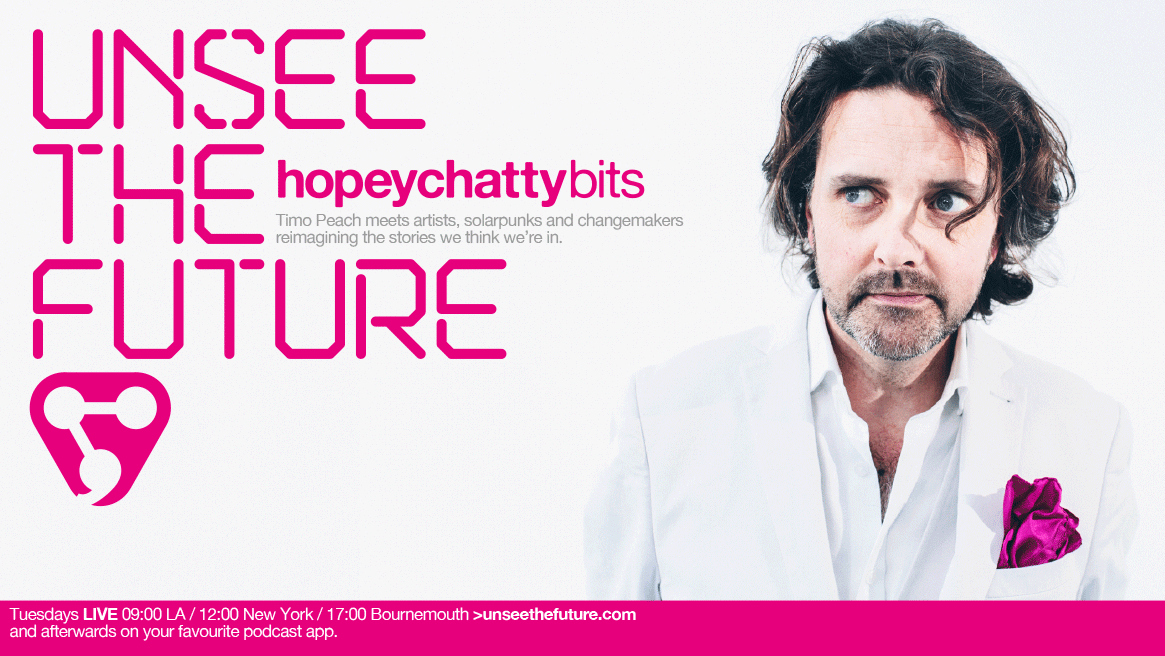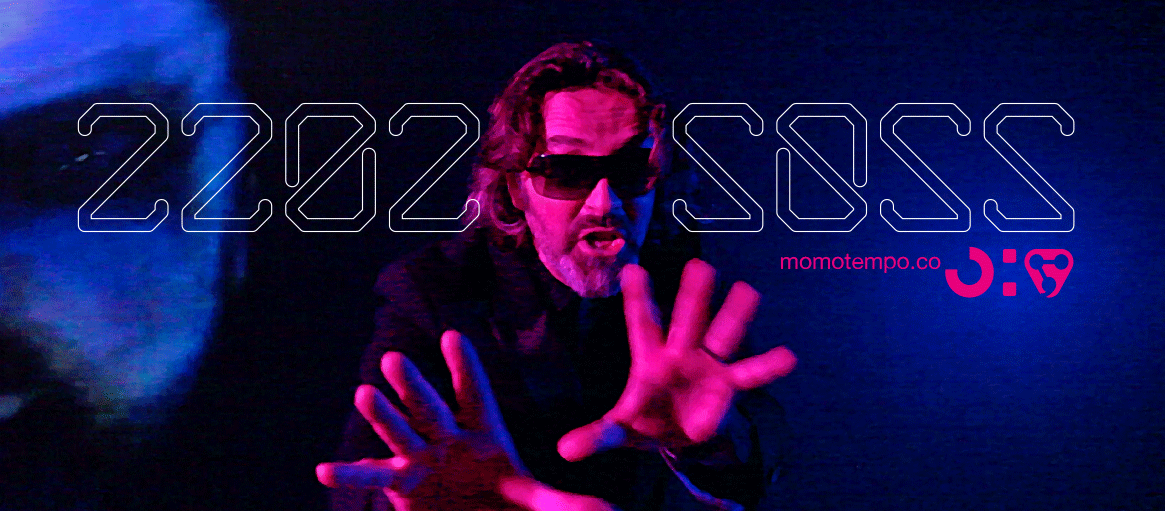Finishes can be healthy.
The little campaign I’ve run for myself at the start of this year has finished. The 2202:2022 weeks began with a sort of creative statement of intent as an artist – How Big’s release. Which happened to come out 24 hours before the current Russian leadership launched an invasion into Ukraine and started a war. An especially sickening and incompetent one as it’s so far unfolded, three months later, still without finishing.
The night we heard, I was on duty for The Global Goals Music Roadshow and we managed to get a Russian student onto the show who spoke with barely contained anger at her own government. At the end of the show, signing off as I usually do, I found I couldn’t hold it together. And then I couldn’t get it back together.
I am still wondering what my little Ukrainian flag is for on my Twitter page, or my tears that night.
I am lumping it all together, in my head, into the one story of us right now. I’m think of the war, I’m thinking of the economics of energy and its price hikes crippling homes around the world, I’m thinking of the culture of corporate robot thinking keeping brakes on a faster transition from oil & gas, I’m thinking of the gun controls America can’t pass as children in school pay for it with their lives, I can’t stop snapping back to thinking of how naked is the corruption and incompetence and emotional disconnection of conservative politicians currently running my own country into the ground. I’m thinking of race and gender in our society and wondering how the hell some of us keep getting out of bed with any creative energy. I’m carrying around all of it, as I suspect you are in your own way. And I know it is a story of valuation.
A story of how we don’t. Value life – and our place as a unique part of it.
And I don’t know how to help end that story.
As friend Natasha Player said with tears on a post in the last 24 hours, change takes so much longer than we hope.
We value life when we’re cradling it in our arms, but systematically, structurally, habitually, it’s poverty and extractivism and corporate ownership we prefer to keep alive.
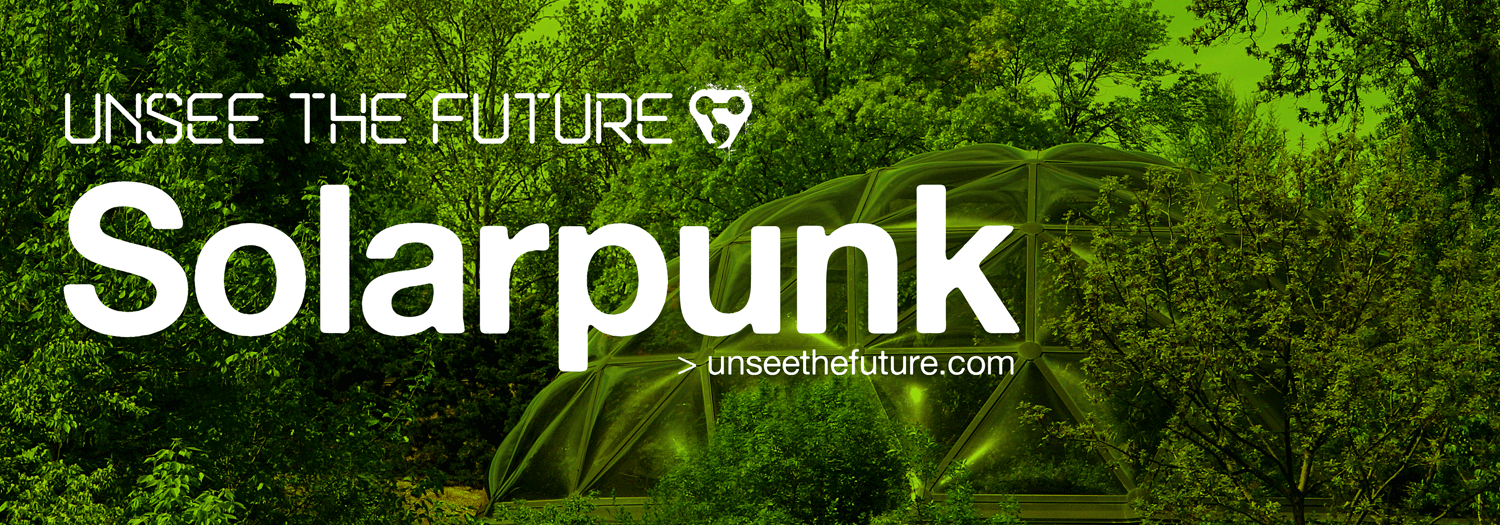
The front end.
I was trying to demonstrate my identity as an artist with a wonky bit of electro-clash scifi satire by starting with How Big back in February, but I was actually launching two concurrent other things as you know – a podcast series and a book series.
Ten weeks on, I have actually finished them. Ten conversations with remarkable people I’m very proud to have talked onto my show, and ten chapters of a book I’m satisfied to have at least drafted out into first life. And between Unsee The Future: The Hopeychattybits and UTF: How to think like an artist and change the world, I’ve been attempting to interrogate the implications of everything in Unsee that led to EP31: Solarpunk.
Is another world possible? And can art, storytelling, bring it to life in us in the era we need it to? The era of crisis? The era of life collapsing under our refusal to change.
Weeks on, test bed makings finished, I wouldn’t say that I know the answer to that. I know I spent two days with theatre artists this week, and a day with wealth leaders last week and a night at a nostalgic electro pop concert last night and I am left feeling daunted and silly for talking about how we can truly value – verb – the creativity to do something new. The new we currently seem incapable of seeing, to believe in enough to try.
And I am feeling none the wiser about my own effective place trying to encourage anything.
So I am embracing a sense of finishing, myself. In, be assured, a creative way.
A needle is scratching at the end of a record as I type.
The end of Heaven and Hell by Vangelis. As I lift the 70s lid and then the needle, it seems a moment to look forward personally with one note from personal history.
Something about his music put soul into mine at its very inception. And last week he died, aged 79.
The deep end.
In the obits to the music legend Vangelis, everyone mentions Chariots of fire, because it is as iconic a piece of film music as anything ever made – audaciously simple, evocative, electronic, soulful. By comparison, I regard his highest creative work as the score to Bladerunner in 1982 – it turns Ridley Scott’s incredible visual cyberpunk feast into a fairytale. A sweeping fantasy of sentience fighting for the right to childlike wonder. A musical feat suspended effortlessly between epic dystopian space opera and intimate magical emotional truth in a way Bladerunner 2049’s skillful pastiche of a score didn’t even attempt. It kept it cold. Vangelis was always warm, at least as I heard him in his music.
I do, however, think as much of another LP of his, from all those I still live with every day. Direct. Given to me on cassette by friend Jo, for my 18th birthday, it seemed nuts-confident in its musical ambition, creative freedom and melodic sure-footedness but most of all in its natural combination of analogue and digital synths. Roll your eyes at the geekery, do, but N O O N E was using analogue synths in 1988, never mind alongside Emulator IIs. But, while Direct does suffer from the Great Bass Drought of the 1980s, it still reminds me how fundamentally Vangelis fanned the flames of my first inspirations into making original music.
And he showed me that music could be as soulful, as it could be transportively atmospheric.
And now his cannon of comforting creativity is also finished.
Our heroes do die. Finding myself at a Pet Shop Boys gig last night, I’m reminded how soulful their post-modern Englishness actually is and that I’m grateful they’re not done yet. But I had a political micro panic attack walking into the BIC for the show, looking around at an audience who all looked older and whiter and straighter than me.
After two days meeting remarkable people in the Dorset Artists Festival and hearing how audiences aren’t turning out for challenging live storytelling right now, I think my snobbery shock was a cattle prod to my growing hatred for nostalgia.
How the hell are we going to tell the new stories of us when no one wants to hear them?
And how the hell can I help? I am sitting with the knowledge that I don’t know. Which isn’t a great feeling with the twentieth anniversary of Momo looming.
But I think I’ve walked away from the last week’s conversations and news, and this personal season’s test work, reminded of where art starts. I find myself wondering whether artists shouldn’t be desperately trying to crank up the making machine again right now, perhaps especially while wondering how they will eat next. I am returning to the feeling that the most useful thing we can do at the moment as art-literate explorers is listen.
So I’m going to take some time to try this.
The tail end.
Having drafted a book that’s very hopeychangey in its description of art – a primal lost right of all humans – I am beginning to wonder if I just drink the Koolaid too readily. As one performance artist said straight away to me, after I’d shared about the book impromptu at the Artist Festival at Lighthouse Poole: “What about the wanky art?”
It’s dawning on me there might be a whole tandem story about how ridiculous art is.
But I don’t have the heart to write that now.
I am thinking of a number of things on the bench in front of me now. I’m thinking of the LP I have to finally finally finish, as the art that started everything for me in the last few years. I’m thinking of the grain of an idea for a one-man show I could develop, to move it out into the world and get back on the stage at long long last. I’m thinking of the lists of guests and technical upgrades I have in mind for a second series of The Hopeychattybits. I’m thinking of the blessed GG Show and what place it will have in my life, having paused it with AY for time pressures a few weeks ago. I’m thinking of my work making sense of futury storytelling for corporate clients. And I’m thinking of the book, and whether finding a publisher could unlock new worlds for me.
But what I am thinking and feeling with peace is to step back from the bench and leave all those possibilities there for a short season. In fact, step out of the room all together.
Twenty years of Momo has been a rich creative schooling. I’ve survived it, earned a bob or two along the way, made lots of things, some for me and some for others. It’s been wildly unglamorous and I’ve not yet found my place to plug in and light up my own talents exactly. It’s been a largely ignominious but often fun and skills-boostingly varied freelancer’s odyssey – and it’s left me a bit in need of defragging.
So I am taking my first ever sabatical.
A few weeks out. Off social media, away from the Memos, not trying to find work. Eking out the modest funds in the Momo account. Trying to listen in.
What is the story I think I am in? And can I, in the end, really change it?
After all, as Rina Atienza just said in a keynote speech:“Everything is a LARP – we are, live, playing roles in this game of life.”
After all the things I’ve learned finishing, I am wanting to sense the one thing I should finally begin.
—

